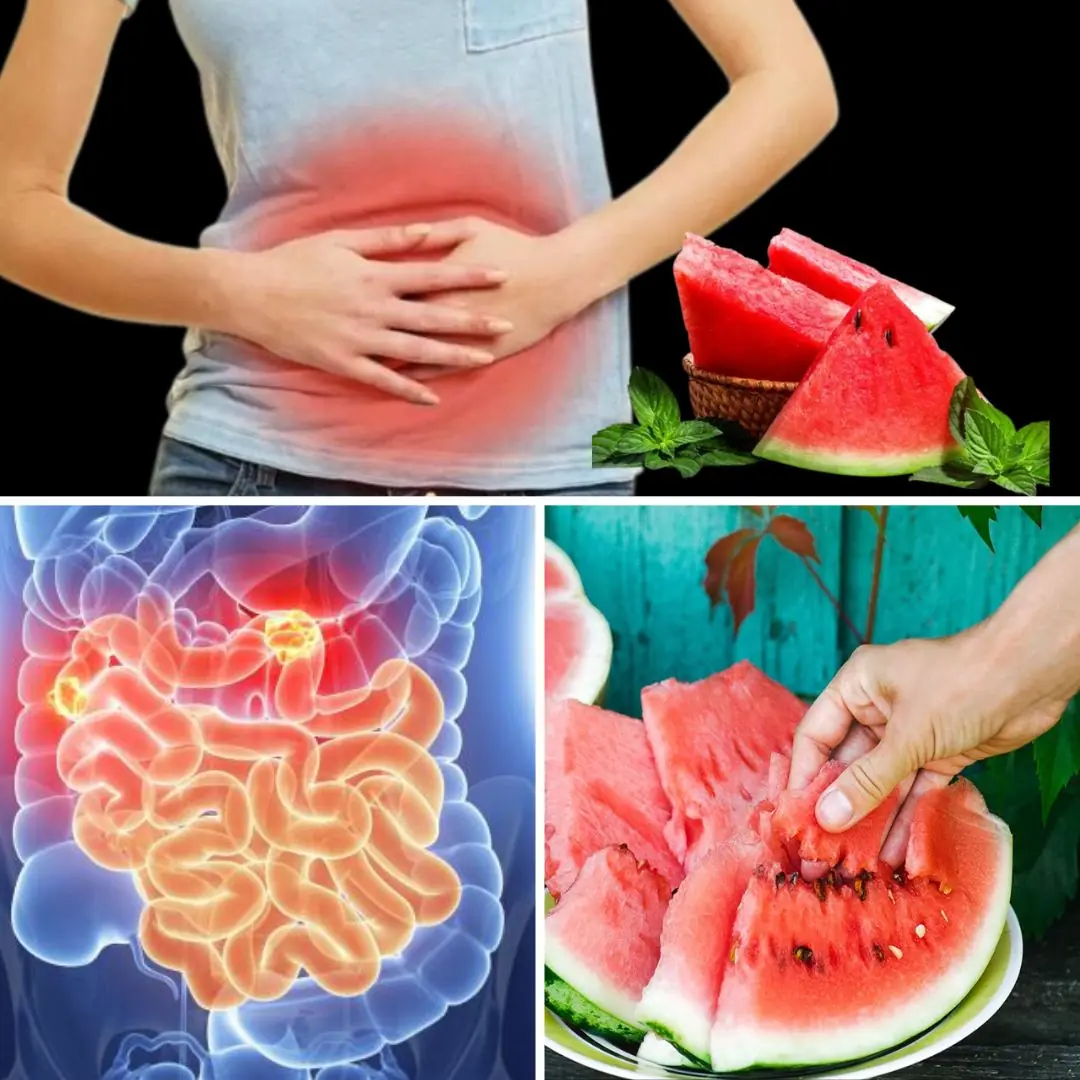
7 Reasons to Grow Purslane: The Superfood Weed You’ll Wish You Knew About Sooner
Discover the Power of Purslane: 7+1 Reasons This “Weed” Should Be in Your Garden and on Your Plate
Imagine stumbling upon a plant in your own backyard that’s not only packed with essential nutrients, but also incredibly easy to grow and surprisingly delicious. Meet purslane—a plant often mistaken for an ordinary weed, yet hailed by nutritionists and gardeners alike as an emerging superfood. With its crisp texture, tangy flavor, and powerhouse health benefits, purslane is fast becoming a favorite among home gardeners and wellness enthusiasts.
In this article, we’ll take a closer look at eight compelling reasons—yes, we’re giving you one extra!—why you should consider growing purslane at home. Whether you're trying to improve your health, expand your cooking repertoire, or make your garden more sustainable, purslane may just be the missing piece.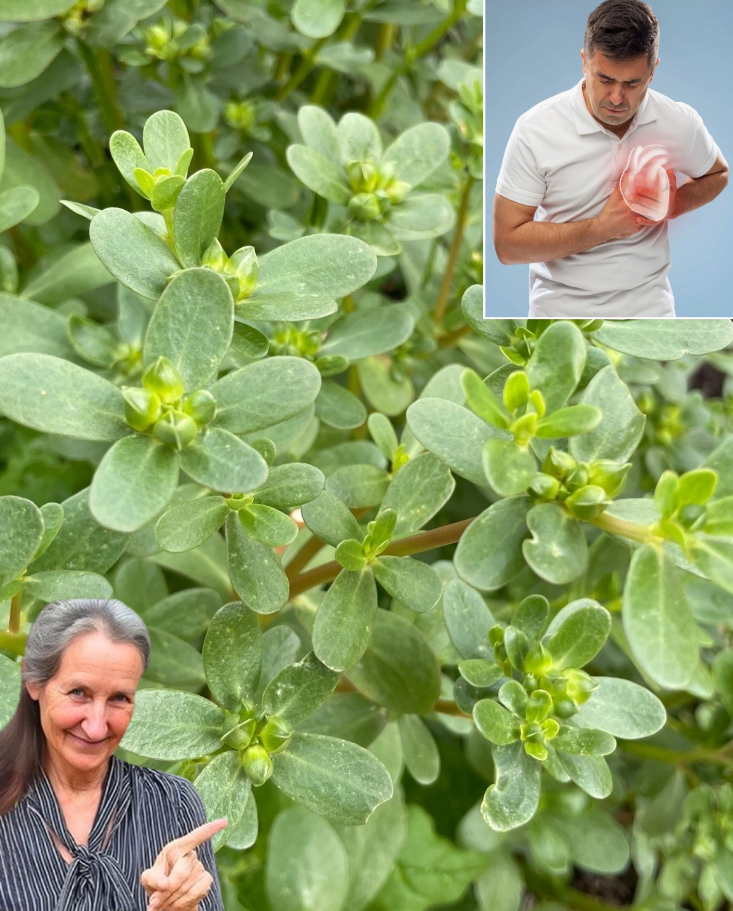
What Exactly Is Purslane?
Purslane (Portulaca oleracea) is a low-growing, succulent plant with smooth, reddish stems and fleshy, spoon-shaped leaves. It’s a sun-loving plant that grows easily in warm climates—and often pops up uninvited in gardens, driveways, and even cracks in the sidewalk. While many people pull it out without a second thought, this little plant has been cherished for centuries in traditional cuisines across the globe, from Mediterranean and Middle Eastern dishes to Mexican stews and Indian curries.
Purslane’s slightly lemony taste and crisp texture make it an exciting ingredient in both raw and cooked recipes. But what really makes it stand out is its nutrient density. According to the University of Illinois Extension and other credible research bodies, purslane contains an impressive blend of vitamins, minerals, and healthy fats—far more than many cultivated vegetables.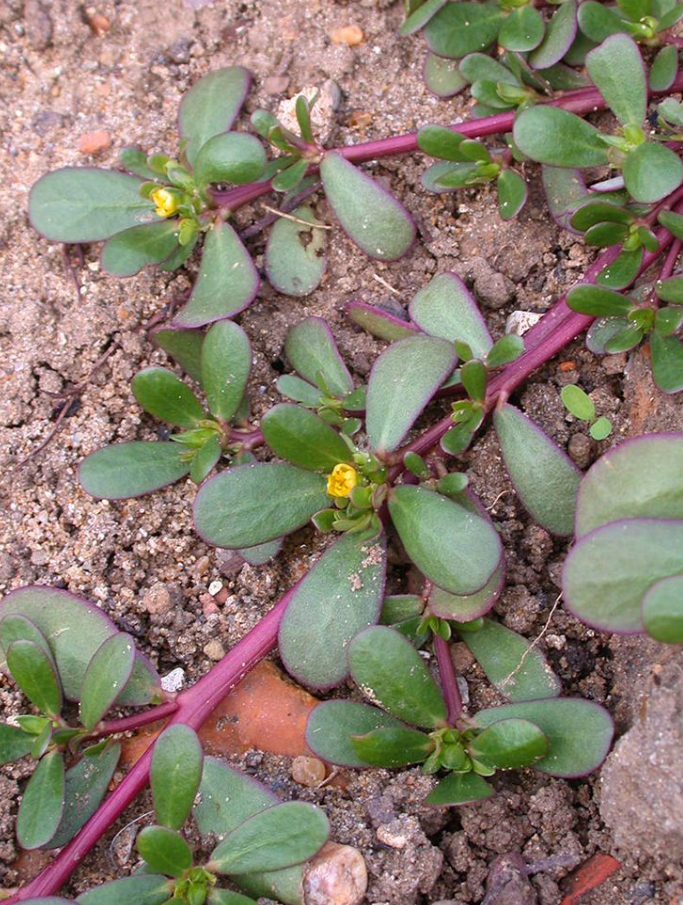
1. A Plant Rich in Omega-3 Fatty Acids
Unlike most leafy greens, purslane is an outstanding plant-based source of omega-3 fatty acids, particularly alpha-linolenic acid (ALA). This essential fatty acid plays a key role in heart, brain, and skin health. According to the Journal of the American College of Nutrition, purslane has one of the highest ALA contents among green vegetables.
Increasing your omega-3 intake is associated with:
-
Lower blood pressure
-
Reduced triglyceride levels
-
Improved cognitive function
-
Reduced inflammation
If you follow a vegetarian or vegan diet—or simply want to diversify your nutrient intake beyond fish or supplements—purslane offers a unique and natural solution.
2. Loaded with Antioxidants
Purslane is packed with antioxidants such as vitamin C, vitamin E, glutathione, and beta-carotene. These powerful compounds fight oxidative stress, reduce cellular damage, and may lower the risk of chronic diseases.
Here’s how some of its key antioxidants benefit your body:
-
Vitamin C: Enhances immune function and promotes collagen production for healthy skin.
-
Vitamin E: Helps protect your cells from environmental stressors.
-
Beta-carotene: Supports vision health and may reduce inflammation.
Interestingly, some studies show that purslane has more antioxidant capacity than spinach, making it a valuable addition to your leafy greens lineup.
3. Supports Strong Bones and Muscles
Purslane provides calcium, magnesium, and potassium—minerals essential for bone strength, muscle function, and electrolyte balance. As we age, maintaining bone density becomes crucial for preventing conditions like osteoporosis.
Including purslane in your diet is a simple way to increase your intake of:
-
Calcium, which strengthens bones and teeth
-
Magnesium, which assists in calcium absorption
-
Potassium, which regulates nerve and muscle function
This makes purslane especially helpful for active individuals, older adults, or anyone looking to support skeletal health naturally.
4. Thrives with Minimal Effort
Purslane is as easy to grow as it is to enjoy. Whether you have a backyard garden, raised bed, or just a few sunny pots on your balcony, purslane will likely flourish with very little care.
Growing tips:
-
Soil: Prefers sandy, well-drained soil but adapts to poor conditions
-
Light: Thrives in full sun
-
Water: Drought-tolerant; water sparingly
-
Harvest: Snip leaves and stems when tender; it grows back quickly
It’s a great choice for beginner gardeners, or for those wanting to grow something productive with limited space and resources.
5. A Culinary Chameleon
Purslane isn’t just nutritious—it’s genuinely delicious. With a crunchy texture and mildly tangy, lemon-like flavor, it can be eaten raw or cooked. It shines in salads, but can also be sautéed, blended, pickled, or added to soups and omelets.
Here are some creative ways to use it:
-
In salads: Mix with arugula, tomatoes, feta, and olives for a Mediterranean twist
-
In smoothies: Combine with pineapple, banana, and yogurt for a refreshing drink
-
Sautéed: Cook with garlic and onions as a side dish or taco filling
-
In soups: Add near the end of cooking for a nutritious boost
Experimenting with purslane in the kitchen is a fun, healthy way to add flavor and texture to your meals.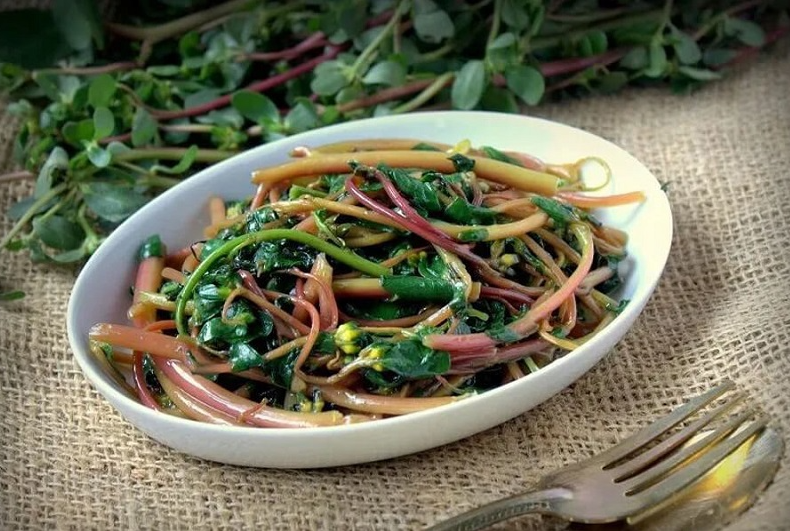
6. Helps with Weight and Blood Sugar Management
Purslane is low in calories and high in fiber, making it a smart choice for those managing weight or blood sugar levels. Just one cup contains around 16 calories, but provides a satisfying crunch and bulk that promotes satiety.
Studies also suggest that purslane may help regulate blood glucose, thanks to its polysaccharides and plant-based compounds that have anti-diabetic properties. While more research is needed, incorporating purslane into a balanced diet can support:
-
Healthy digestion
-
Reduced hunger cravings
-
Better blood sugar control
7. A Sustainable Superfood
In an age where environmental impact matters, purslane stands out as a sustainable and eco-friendly crop. It grows quickly, requires very little water, and thrives without synthetic fertilizers or pesticides.
According to the Environmental Protection Agency (EPA), choosing resilient, low-input plants like purslane helps:
-
Conserve water
-
Improve soil health
-
Reduce chemical use
-
Support biodiversity
By growing purslane, you’re contributing to a more sustainable lifestyle—one that benefits both your health and the environment.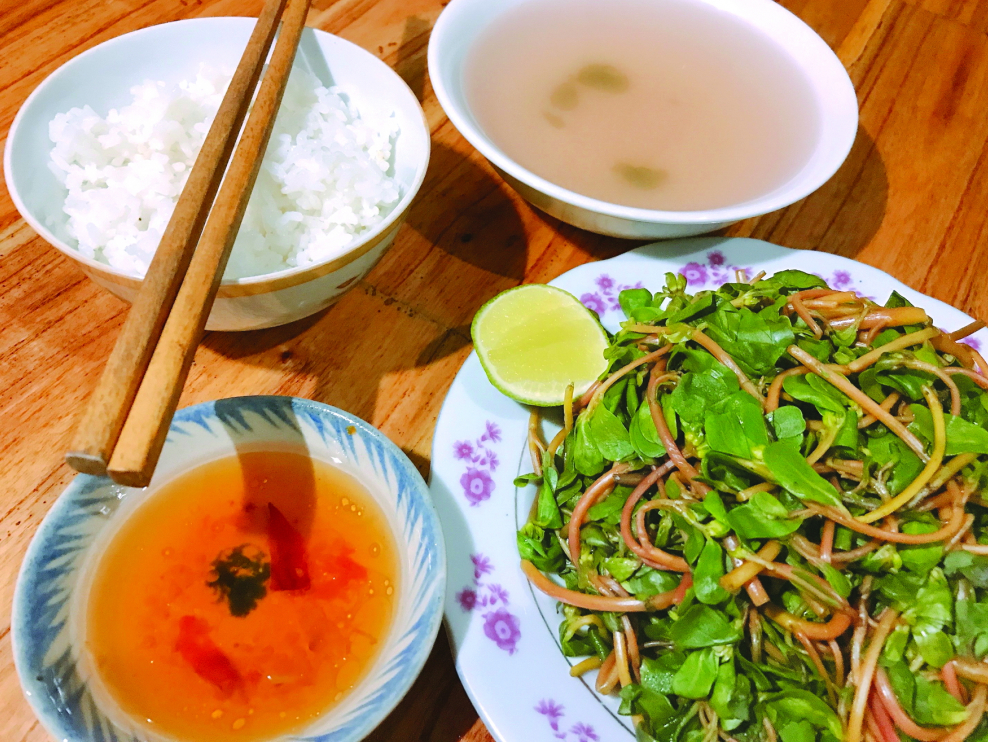
Bonus Reason: It’s Free (Sometimes!)
If you're lucky, you might not even need to buy seeds—purslane often grows wild! If you find some in your yard or a pesticide-free area, you can harvest and transplant it. Just make sure you’ve properly identified the plant and confirm it hasn’t been treated with chemicals.
This “weed” could turn out to be the healthiest thing growing on your property!
Getting Started: How to Grow and Use Purslane
To begin your purslane journey:
-
Purchase seeds or look for seedlings online or at a local nursery.
-
Prepare a sunny spot in your garden or a pot with well-draining soil.
-
Plant in late spring or early summer when the soil is warm.
-
Harvest regularly to encourage fresh growth and prevent flowering (which makes the leaves tougher).
You’ll be rewarded with a steady supply of nutrient-rich greens all summer long. For culinary ideas, check out gardening blogs or connect with fellow enthusiasts on forums to swap recipes and tips.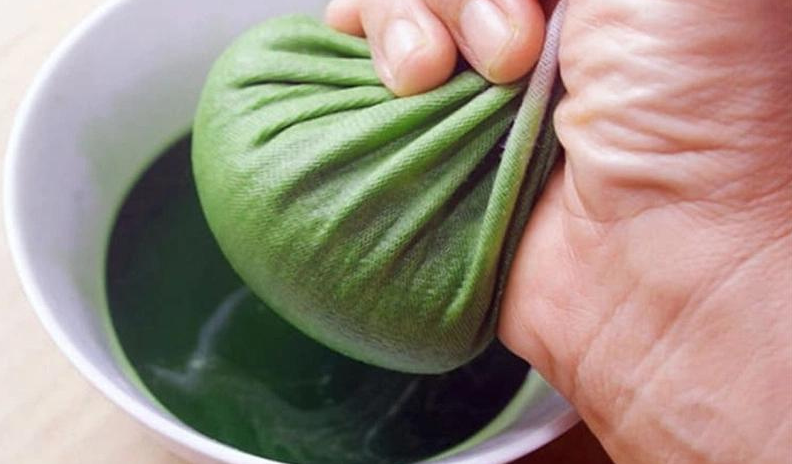
Final Thoughts
Purslane is more than just a humble weed—it’s a nutritional powerhouse, a gardener’s ally, and a culinary surprise waiting to be rediscovered. From omega-3s and antioxidants to sustainable growing and versatile recipes, purslane offers countless benefits for anyone looking to eat better and live more mindfully.
By planting and enjoying this underappreciated gem, you’re making a simple yet impactful choice for your health, your meals, and the planet.
Ready to grow your own purslane? Explore more gardening and wellness tips on our website and start your journey toward greener, healthier living today.
Disclaimer: This article is for informational purposes only. Please consult a healthcare provider before making significant dietary or health changes.
News in the same category


The Morning Drink That Supports Healthy Weight Loss for Seniors
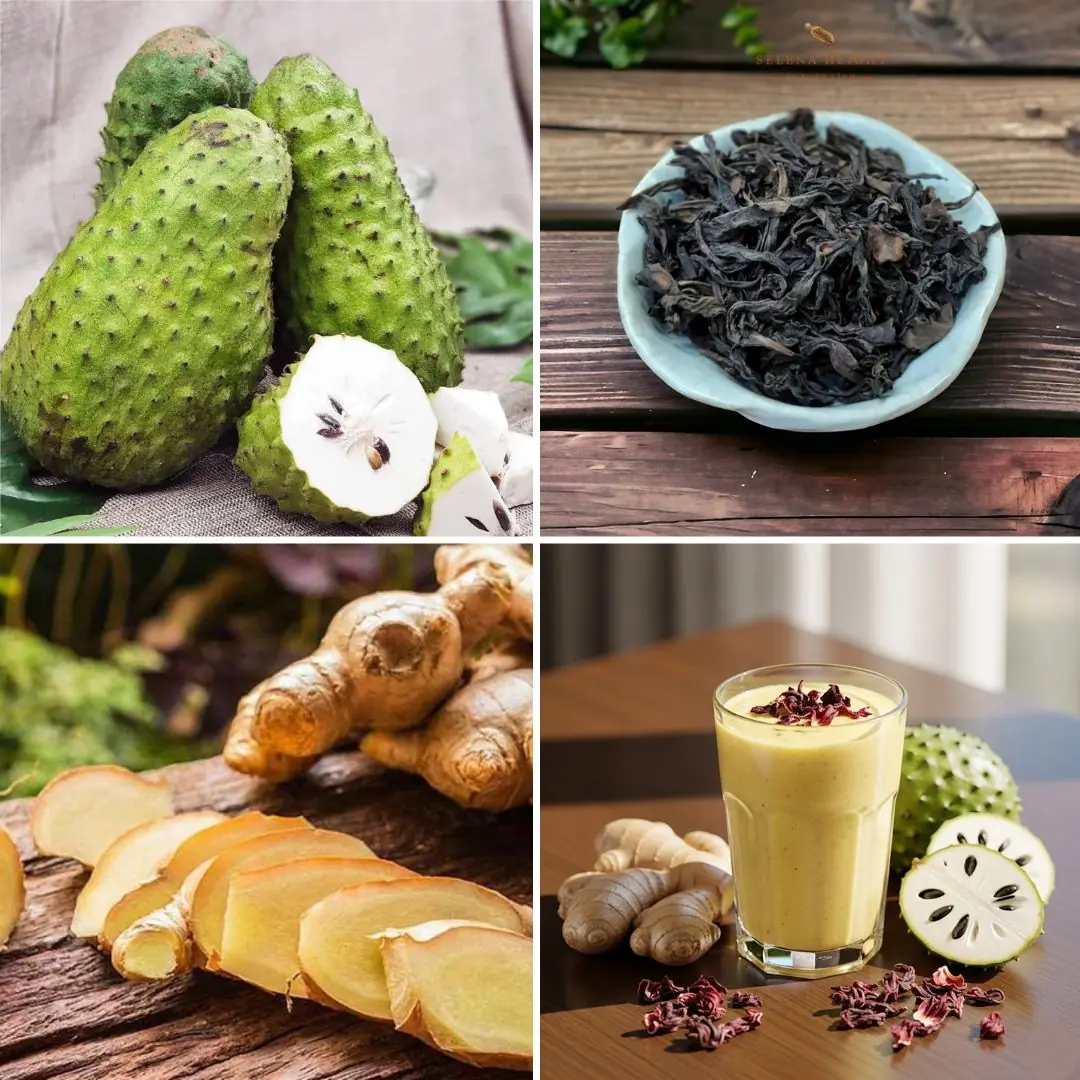
The Drink That Will Empty Hospitals in 2025: Cures Diabetes, High Blood Pressure, and Even Cancer Without Medication – Complete Recipe Below 👇
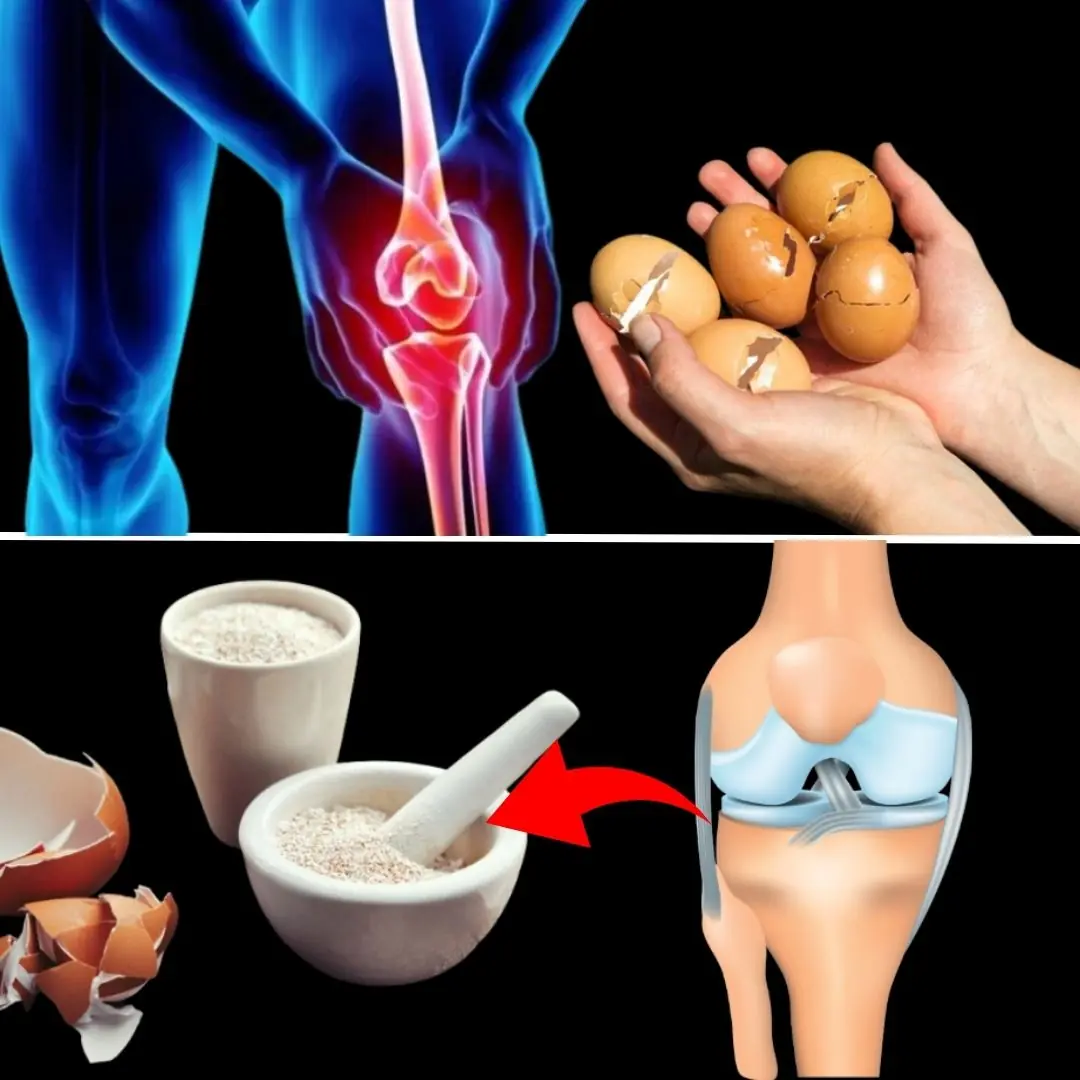
Don’t Ever Throw Away Eggshells Again After Reading This – You Won’t Believe How Useful They Are!
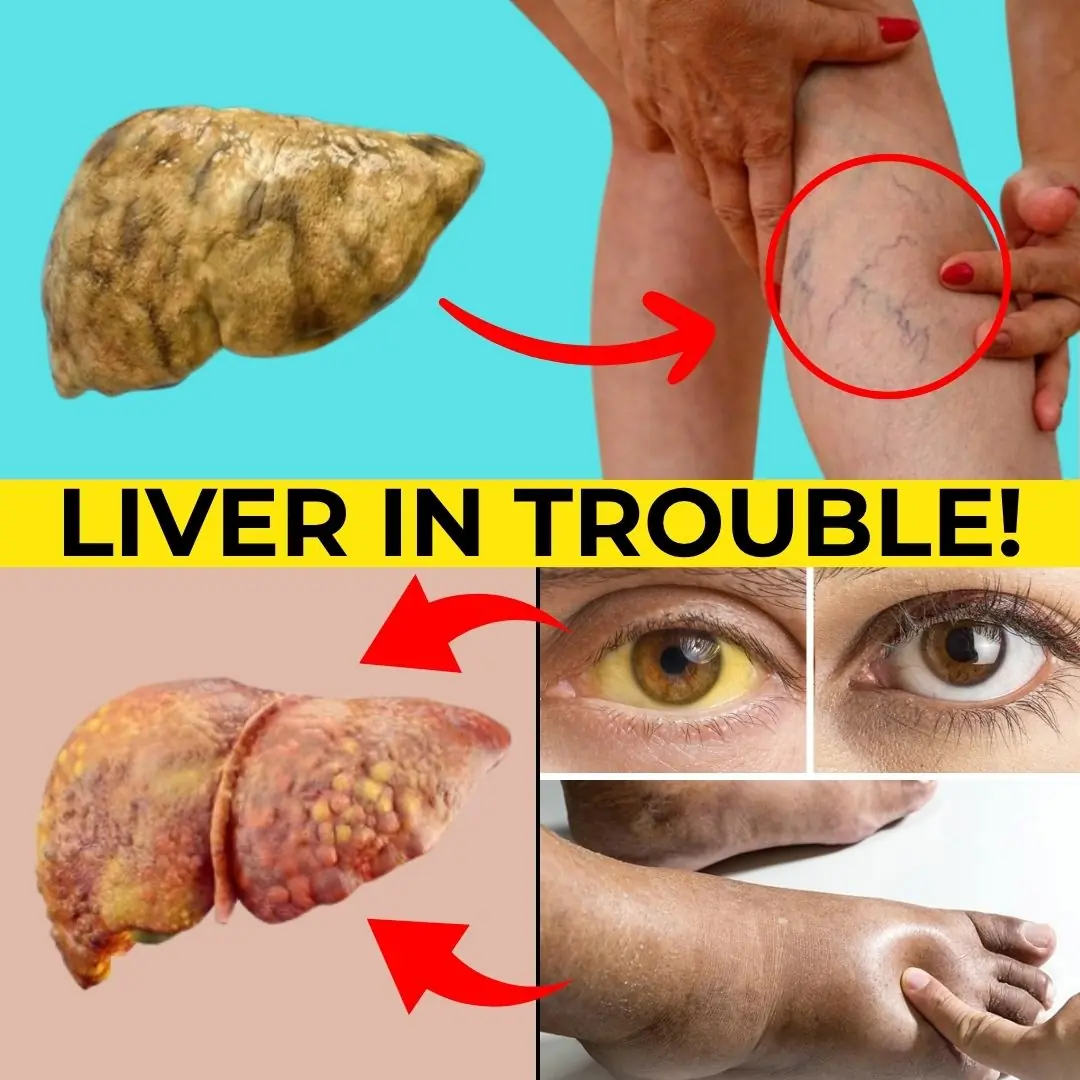
15 Early Warning Signs Your Liver Might Be in Trouble

Eliminate Kidney Stones, Fight Urinary Tract Infections, and Reduce Prostate Inflammation—Naturally!
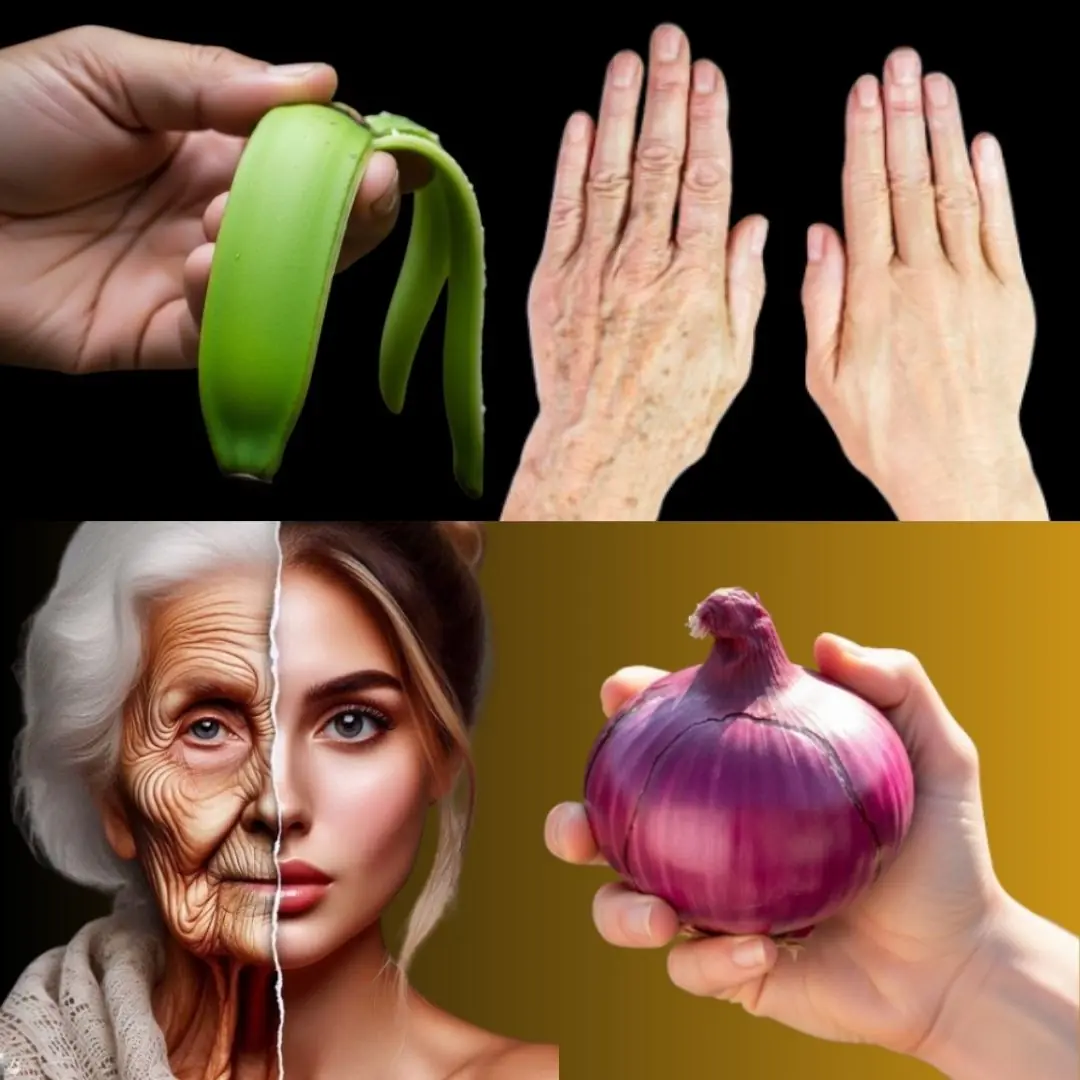
8 Clever Japanese Secrets to Eliminate Wrinkles — Even at Age 70!

Drinking Lemon Water Before Bed: 10 Surprising Health Benefits Most People Don’t Know
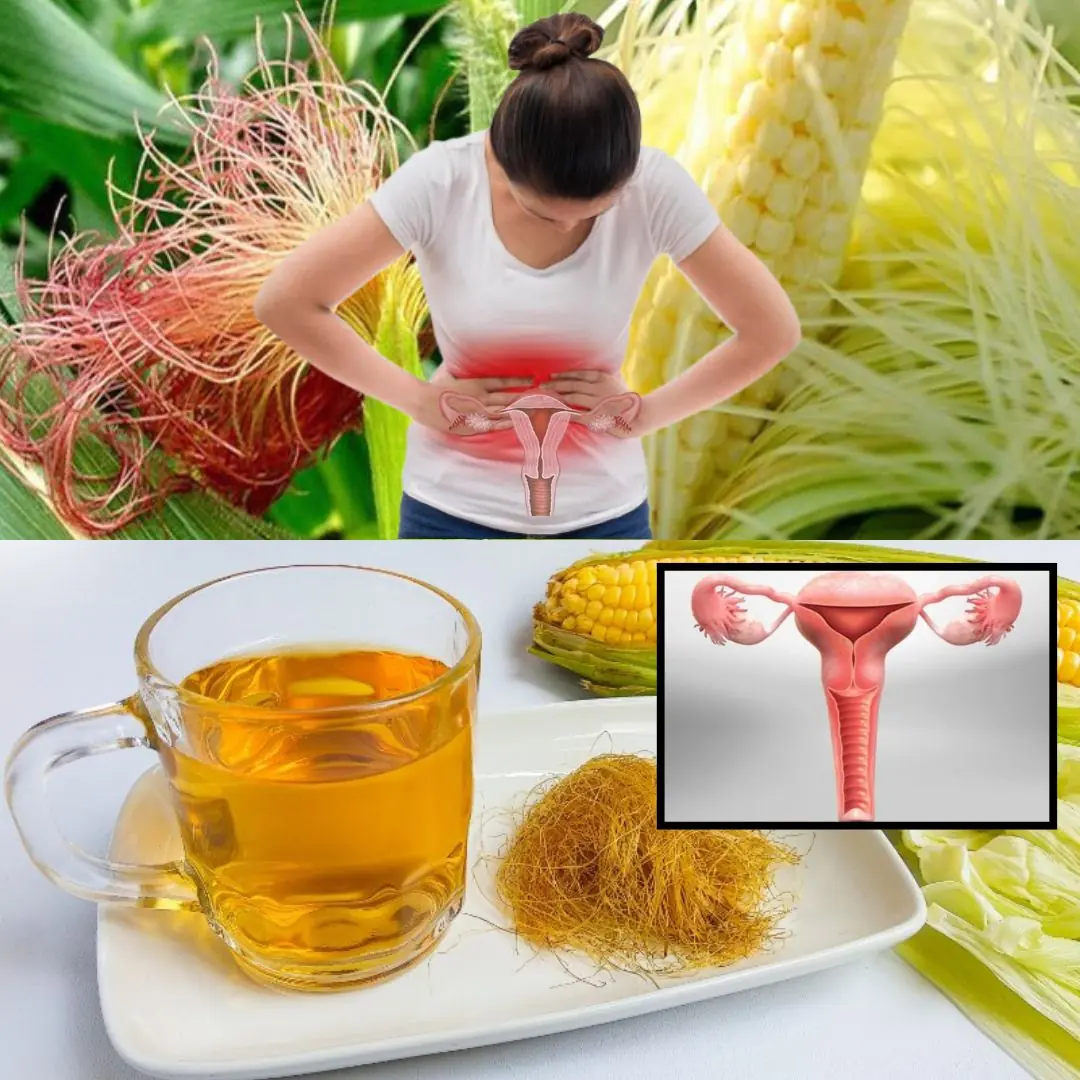
Discover the Benefits: Corn Silk Tea for Health and Wellness

10 Signs Your Body Is Begging for Vitamin D

9 Foods That Help You Breathe Easy (Improve Unhealthy Lungs)
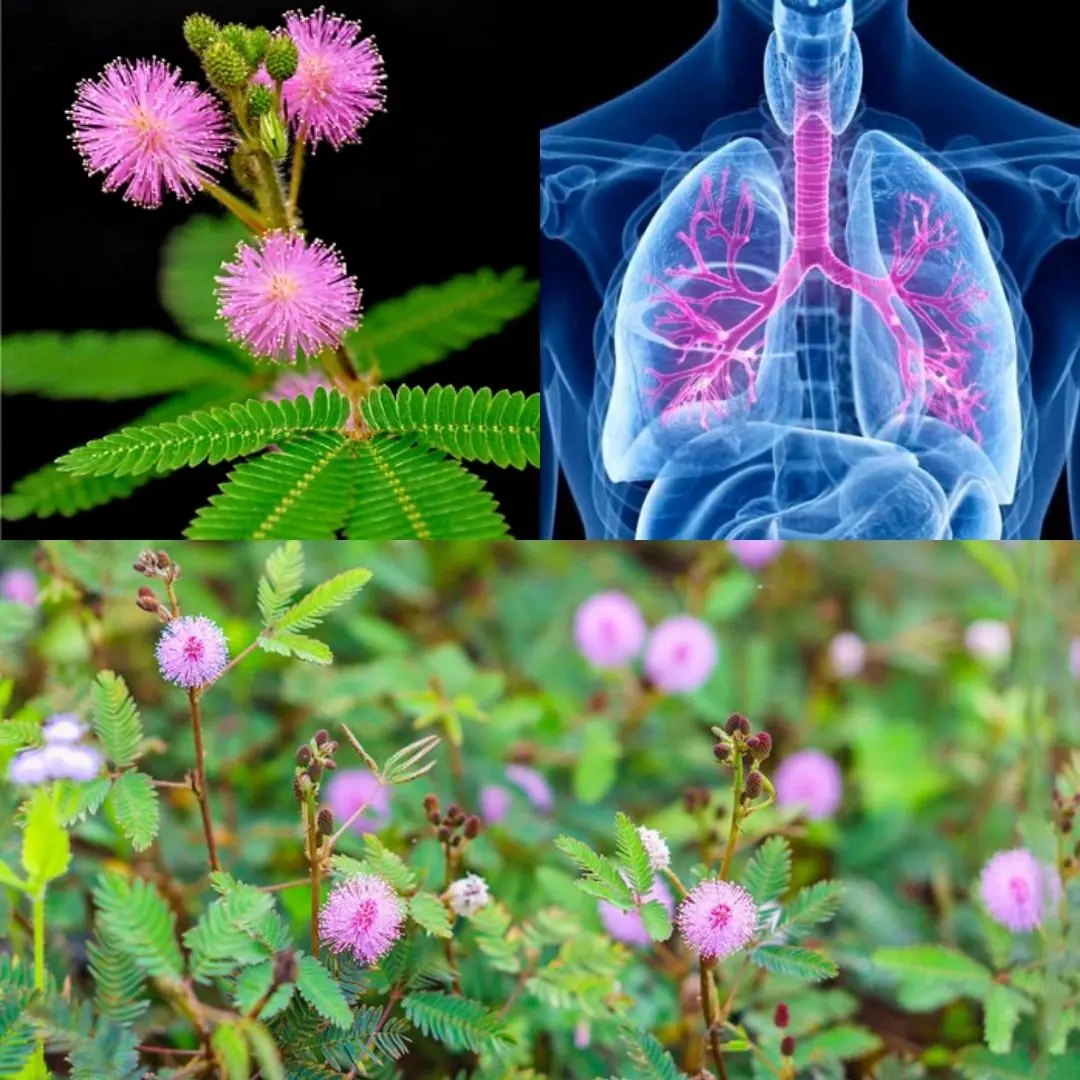
The Hidden Power of Mimosa Pudica: 30 Benefits and Homemade Uses
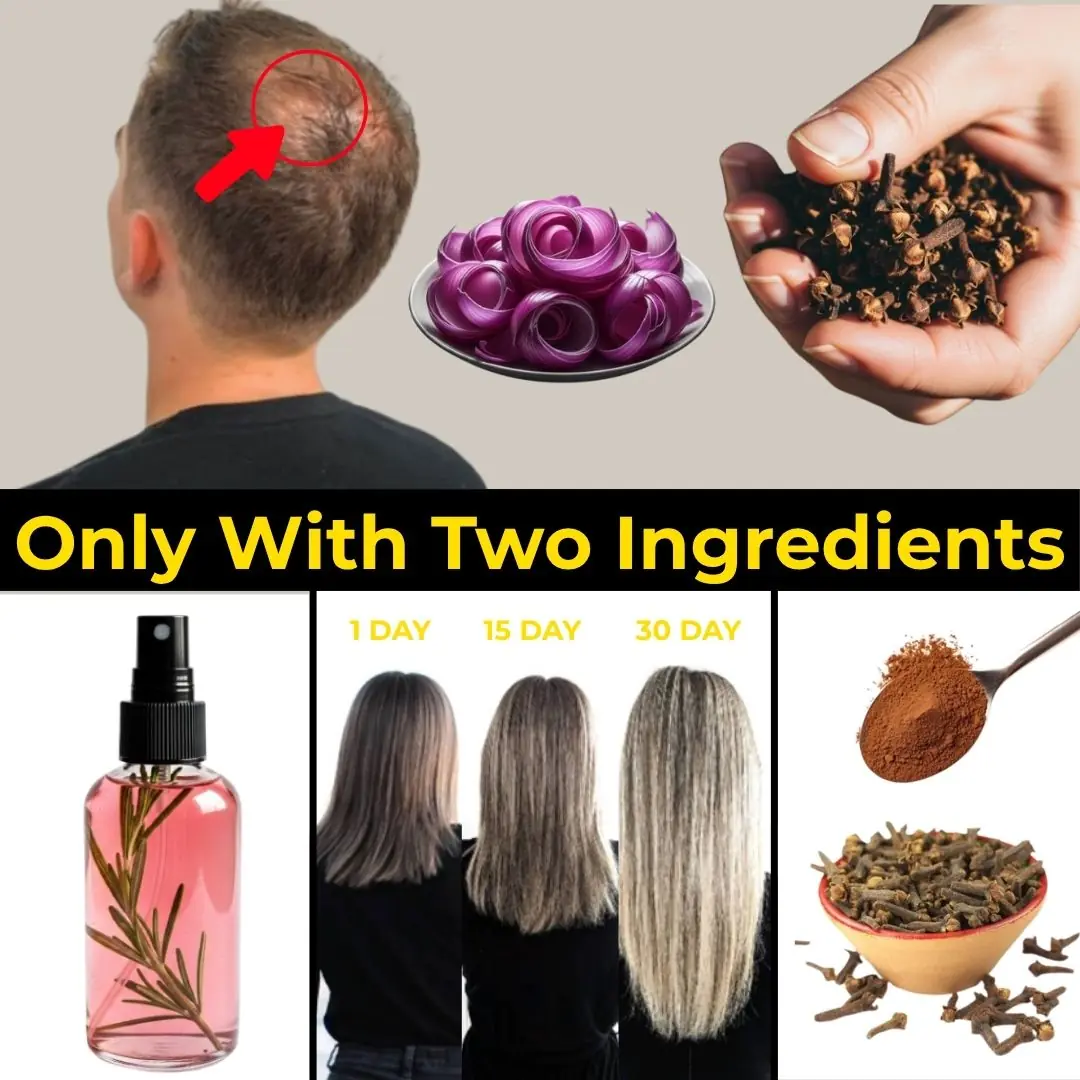
The Surprising Hair Growth Benefits of Cloves and Onion Peels
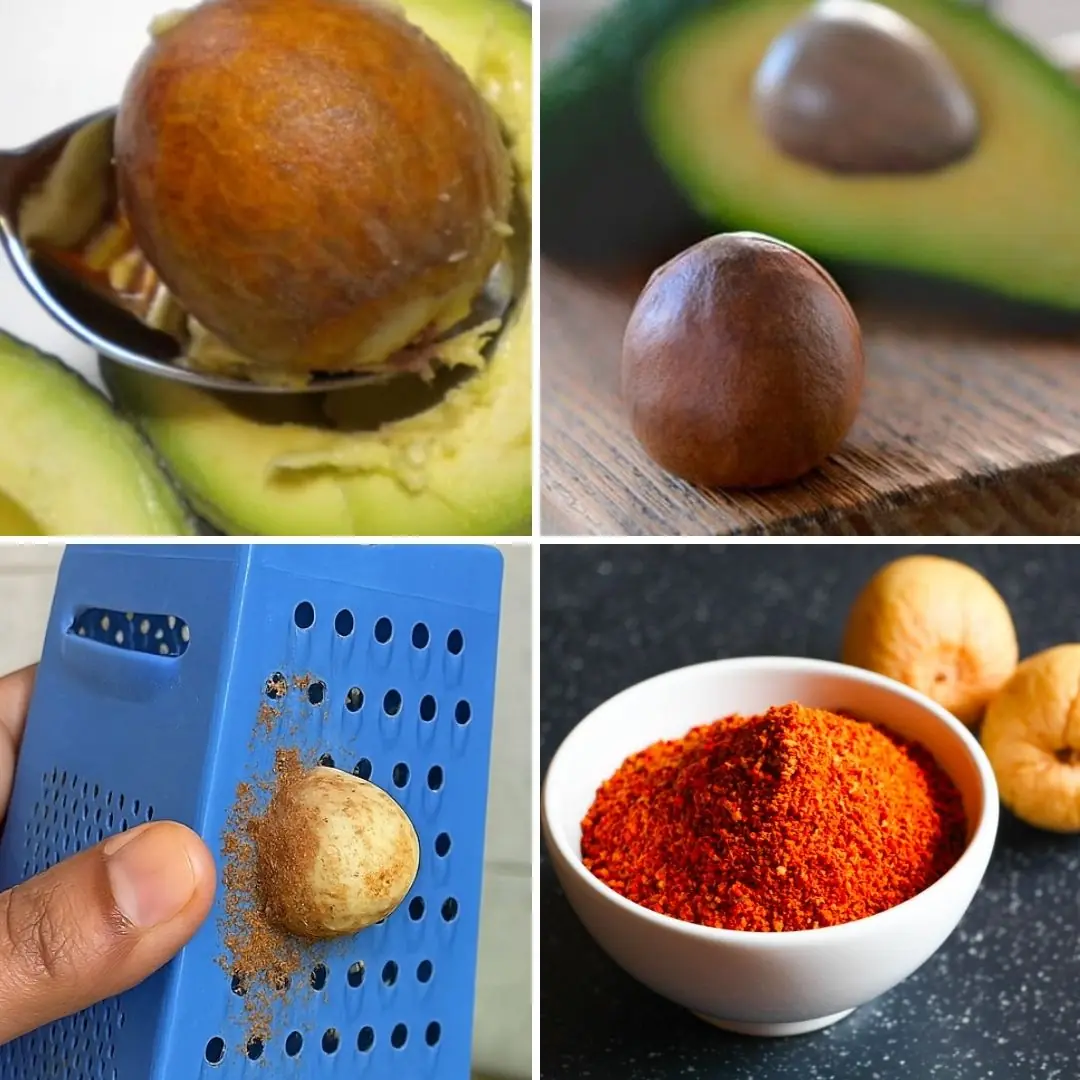
Don’t Toss That Avocado Pit: Surprising Health Benefits and Uses

Doctor Frank Suárez’s Natural Remedy to Eliminate Diabetes, Poor Circulation, Fatty Liver, Pancreas Issues, High Blood Pressure, Knee Pain, and Even Cancer
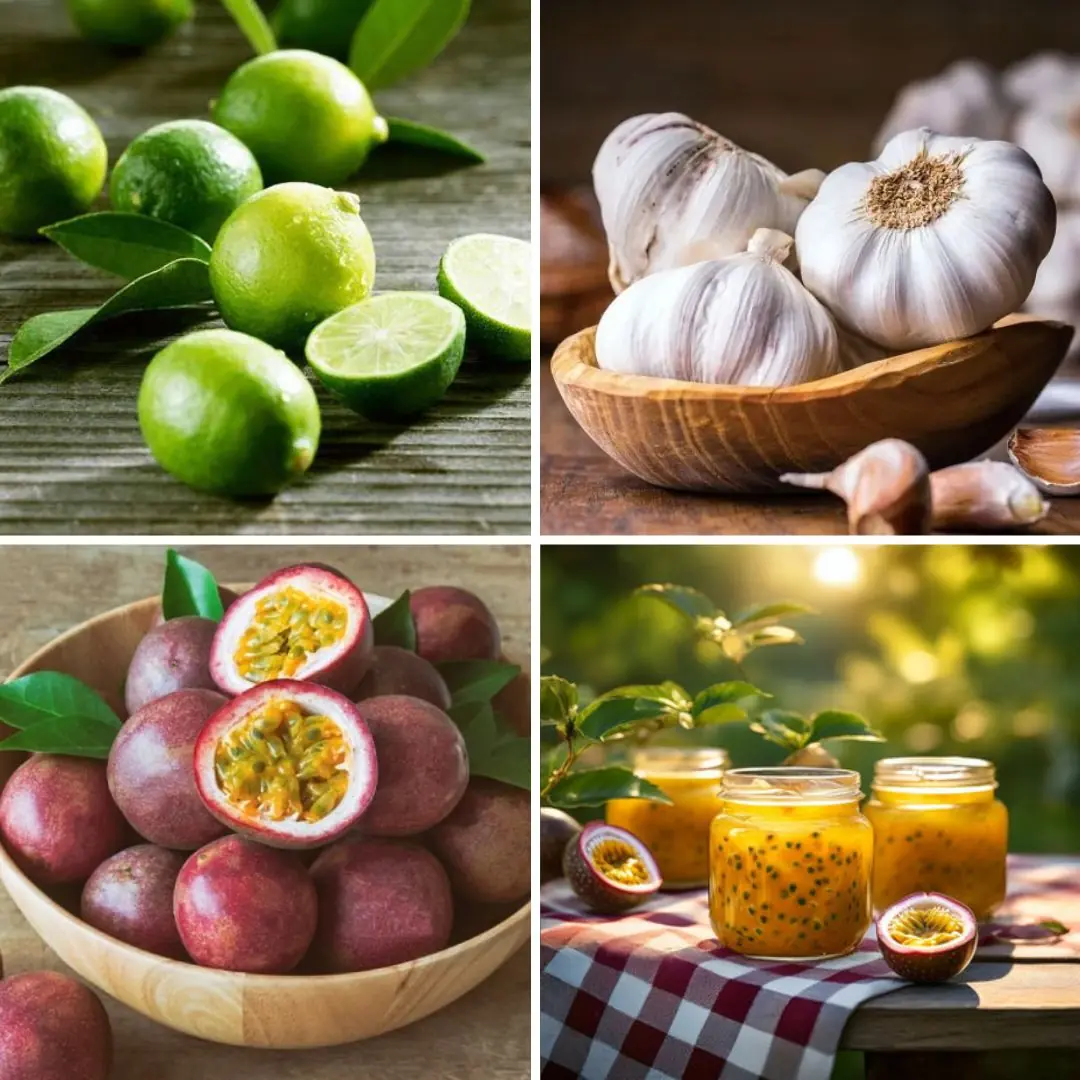
Improve Your Vision Naturally: Just One Spoonful of This Powerful Mixture Can Make a Difference

The Miracle Drink for Pancreas, Diabetes, Liver, Circulation & Cancer – All Natural and Free!

Explore the Benefits of Natural Remedies: Homemade Solutions for Removing Mucus and Phlegm – Stay Healthy the Natural Way
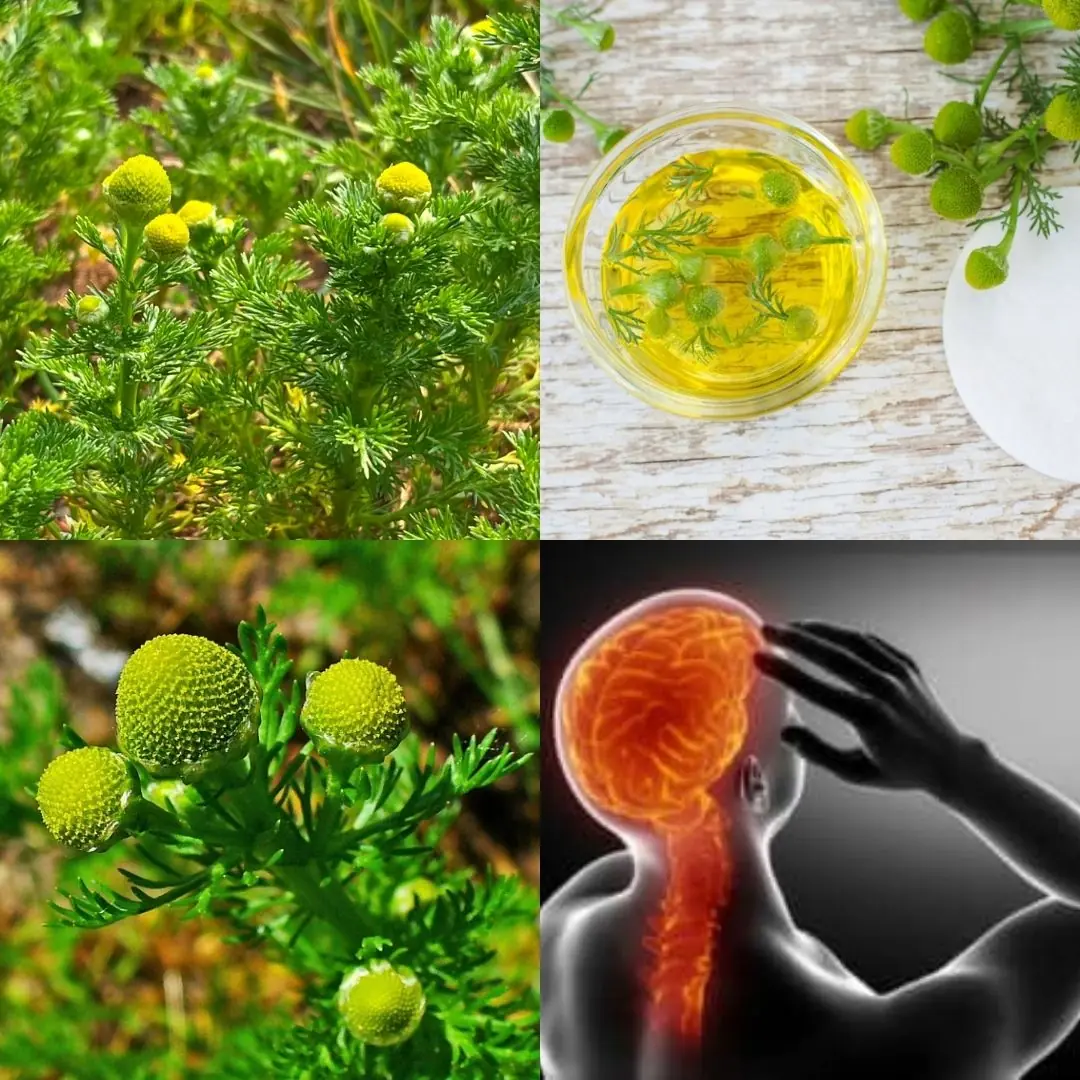
Discover Nature’s Hidden Gem: The Surprising Powers of Pineapple Weed
News Post

Cleanse Your Gut, Liver, and Kidneys in Just 3 Days – All Toxins Gone with This Watermelon Recipe!

The Morning Drink That Supports Healthy Weight Loss for Seniors

The Drink That Will Empty Hospitals in 2025: Cures Diabetes, High Blood Pressure, and Even Cancer Without Medication – Complete Recipe Below 👇

Don’t Ever Throw Away Eggshells Again After Reading This – You Won’t Believe How Useful They Are!

15 Early Warning Signs Your Liver Might Be in Trouble

Eliminate Kidney Stones, Fight Urinary Tract Infections, and Reduce Prostate Inflammation—Naturally!

Anya, hi. I feel really awkward asking, but could you possibly lend me a couple thousand?

8 Clever Japanese Secrets to Eliminate Wrinkles — Even at Age 70!

Drinking Lemon Water Before Bed: 10 Surprising Health Benefits Most People Don’t Know

Discover the Benefits: Corn Silk Tea for Health and Wellness

‘Japanese Baba Vanga’ Foresees Catastrophic Event in July 2025 Affecting Millions

Entitled Man Blocked Our Garage, Picking a Fight, Then Threw His Business Card at Me — So I Turned It Into His Worst Nightmare

Our Gender Reveal Cake Arrived Grey – Then Our 6-Year-Old Revealed the Shocking Reason

My Ex's New Wife Bought My Daughter a $1,000 Prom Dress to Humiliate Me and Win Her Over — What My Daughter Did Left Everyone Speechless

10 Signs Your Body Is Begging for Vitamin D

9 Foods That Help You Breathe Easy (Improve Unhealthy Lungs)

At school, they laughed at the girl whose family had no roof over their heads

The Hidden Power of Mimosa Pudica: 30 Benefits and Homemade Uses
